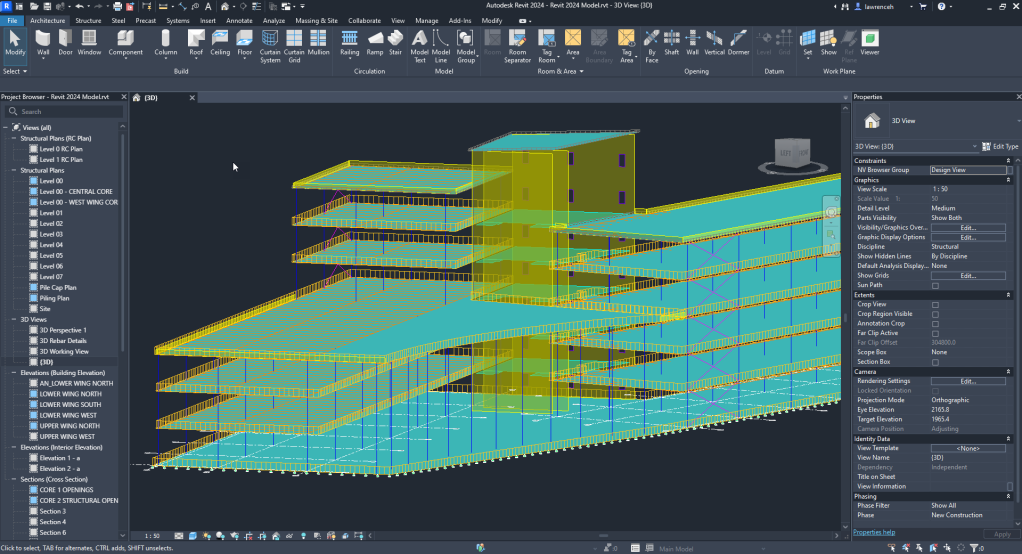Since the inception of Revit Structure back in 2005, an analytical model has been created automatically when modelling certain physical elements. This, initially, seemed a great way of generating a fast and efficient analytical model that could be exported to structural analyses software such as Robot Structural Analysis or similar design tools. However, as time passed it became clear that this was not the best method of generating the analytical model.

Before we look at the new methods of analytical model creation, lets first look at the disadvantages of the previous workflow.
- Control over the analytical model (ability to edit the analytical model).
- Ownership (technician versus engineer).
- Model construction (physical versus analytical definition).
- Limited structural objects (Beams, Columns, Floors, walls)
In Revit 2023, Autodesk have reimagined the analytical modelling process and this is now independently created from the physical model. However, the…

